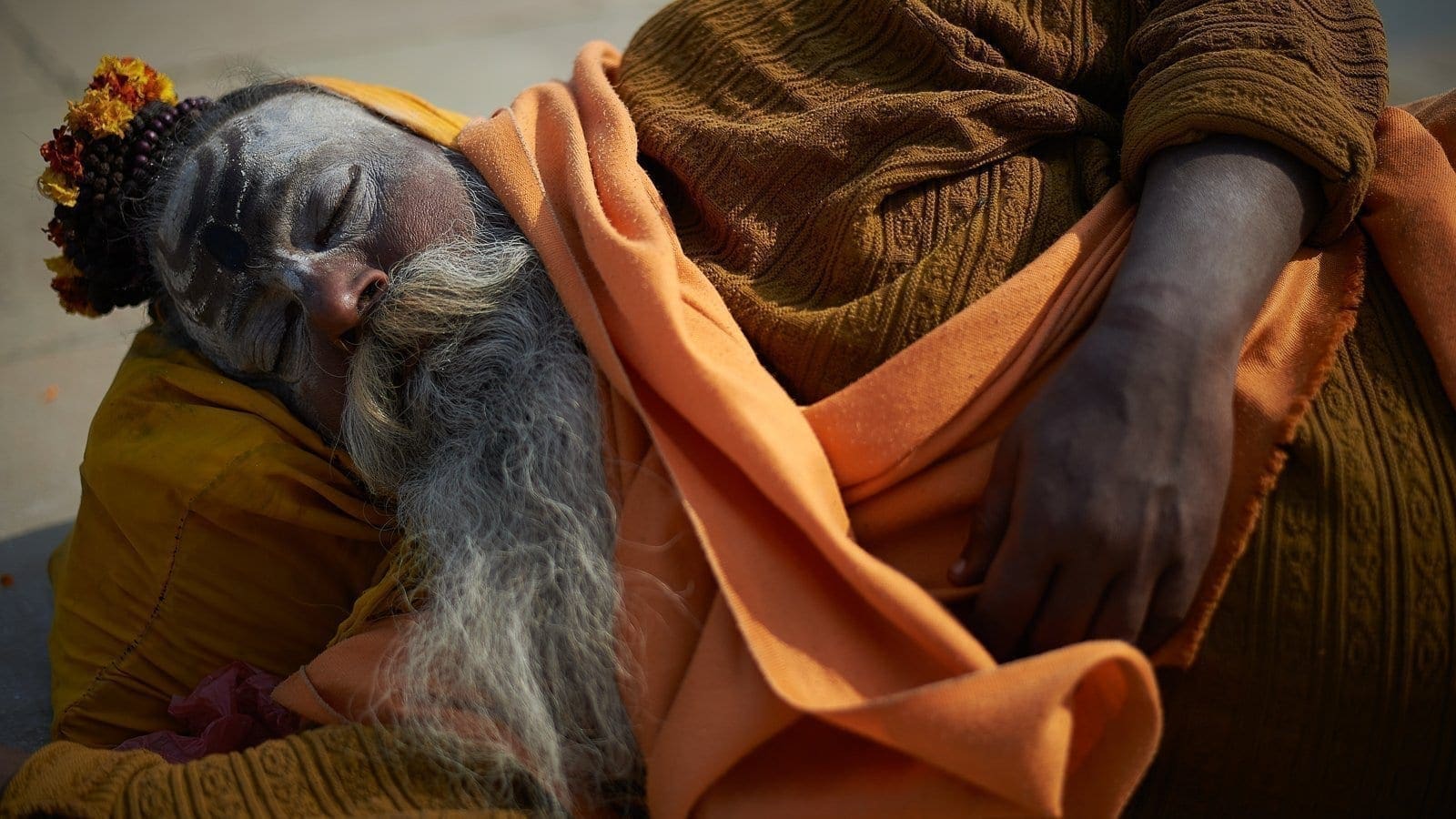More than a religion, Hinduism is a way of life, a philosophy that collects as a whole the rules of Indian society, an orthopraxis, and to give it an unambiguous definition is complex.
Hinduism is the most widespread religion in India: about 80% of the population practices it, but it has never become the state religion.
To begin to understand Hinduism, it is necessary to know the key to understand it, one of its foundational elements: the law of Karma. Karma is the set of actions that an individual takes and will go to determine the next rebirth. It is based on the law of cause and effect: what I do now somehow determines my future. The soul is destined to reincarnate in samsara (the cycle of life, death and rebirth) until, through good karma, it is annulled in the divine, thus achieving moksha or nirvana, liberation.
For a Hindu, everything is concatenated: the cosmos, the energy of the world, and the karmas that meet. Following ethically impeccable conduct, through the rules imposed by one’s caste of membership and moral dictates of faith and devotion, facilitates the soul to free itself from samsara. To achieve liberation every Hindu follows the law of dharma, the cosmic order, or the set of ethical laws that allow harmony among living beings.
The castes
India is inconceivable without castes because these are also the result of karma: being born into one caste instead of another depends on specific karma traversed in our past existences. That is why it is said that caste does not decide life but caste has decided life. The highest caste is the Brahmins and, historically is associated with priests, pure individuals because they are in contact with the sacred scriptures and temple deities. Today, not all of them are priests, but many of them continue to observe some of the practices proper to this caste. The Kshatriyas are the warriors: they belong to families of noble kings and their task was the defence of the territory. The Vaishyas are the artisans and traders while the Shudras are the farmers and laborers . Harijians, on the other hand, are the outcastes, also called untouchables, and are all those who perform impure work.
In modern India, castes no longer legally exist, and in the cities, more integration is being sought. This is not the case in the countryside and villages.
The pantheon of Hindu deities is very complex and populated: there are thousands of them; but the three main figures that also characterize the sacred manifestations of a Hindu’s life are Vishnu, the preserver; Shiva, the destroyer; and Brahma, the creator.
Seven are the sacred cities of Hinduism, and one of them is Varanasi.


